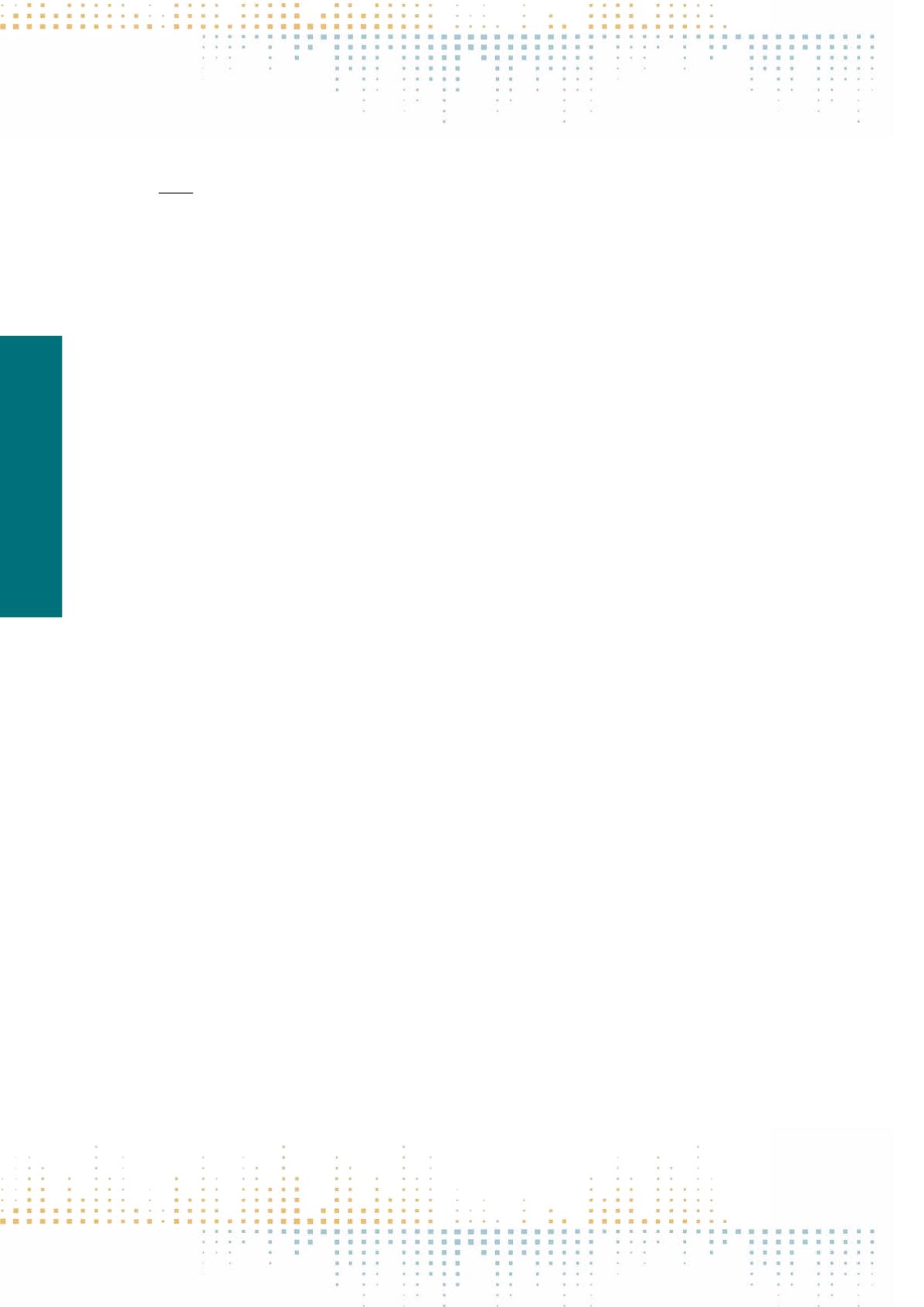

550
Saturday, November 12
1 6 : 0 0 – 1 7 : 3 0
PP 662
Direct-Democratic Campaigns in the Media Now and Then – A Systematic Comparison of News Coverage About Initiatives
and Referenda in Switzerland since the 1960s
L. Udris
1
, C. Caspar
1
1
University of Zurich, fög - Research Institute for the Public Sphere and Society, Zurich, Switzerland
In their reporting about direct-democratic campaigns (DDC), news media have been claimed to contribute to a substantial, rational debate, at least in
political systems with an established tra-dition of popular votes such as in Switzerland. However, the current success of populist initia-tives and the rapid
structural transformation of Switzerland’s media system in which exactly these populist initiatives trigger most media attention indicate that this might
no longer be the case. Still, there is a lack of research which would test in a comparative design whether news coverage really is increasingly shaped by
populist actors with their emotional appeals and, if at all, if this is because of an interplay of media following a “commercial” logic and political populism.
In our paper, we address this shortcoming and propose an analysis both in diachronic and a synchronic dimension. First, capturing diachronically different
“phases” of the interplay of media and politics is necessary also to clarify conceptual issues. Some of the main indicators of “commercialized” media logic
like scandalization, emotionalization or reduced actor diver-sity, if analyzed merely in isolation from each other, could also be taken as indicators of a“par‑
tisan” news coverage typically in an era of the party press. This calls for a nuanced dis-cussion on the interplay of indicators for different reporting styles
in a diachronic dimension. Second, capturing media types as “antecedents” of news coverage synchronically is important, as they constitute a crucial link
between explanatory factors on the media structural level and output on the content-side. Thus, comparing coverage from a party-political quality paper
from the 1960s with that from a commercialized free paper from the 2010s, for instance, will contribute to the discussion about indicator validity and will
reveal which structural factors on the level of media types actually affect news coverage. Empirically, we will present findings from news coverage about
all 33 different votes be-tween 2013 and 2016 from several policy fields and in several media types on the one hand and about selected votes in the 1960s,
1980s, and 2010s from two policy fields (migration, finance) in several media types on the other hand. In a historically press-centric country, we analyze
media coverage in eight newspapers. In order to give justice to the stratified press market in Switzerland and in order to link outcomes on the content level
to the structural level, the sample incorporates the following press types: three daily subscription papers, among which two are considered Switzerland’s
“best” or high-quality newspapers and one Switzerland’s largest “mid-market” paper, the two largest tabloids, the largest free, purely advertising-based
commuter paper (now the most widely-used newspa-per) and two Sunday papers (“high-quality”and“mid-market”). (Obviously, some papers like the free
paper can only be included for the more recent periods, as they did not exist in the 1960s or 1980s.) As for the dependent variables, the paper will present
findings from key in-dicators such as scandalization, emotionalization, diversity of actors and arguments, interpre-tive journalism or thematic vs. episodic
framing (degree of horse race framing).



















